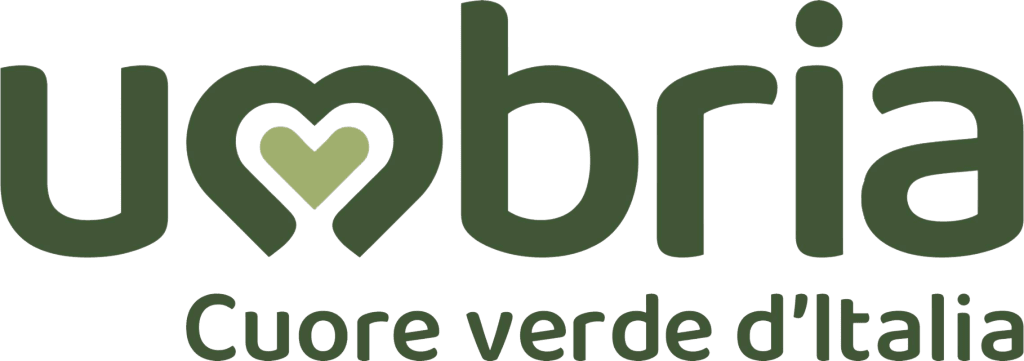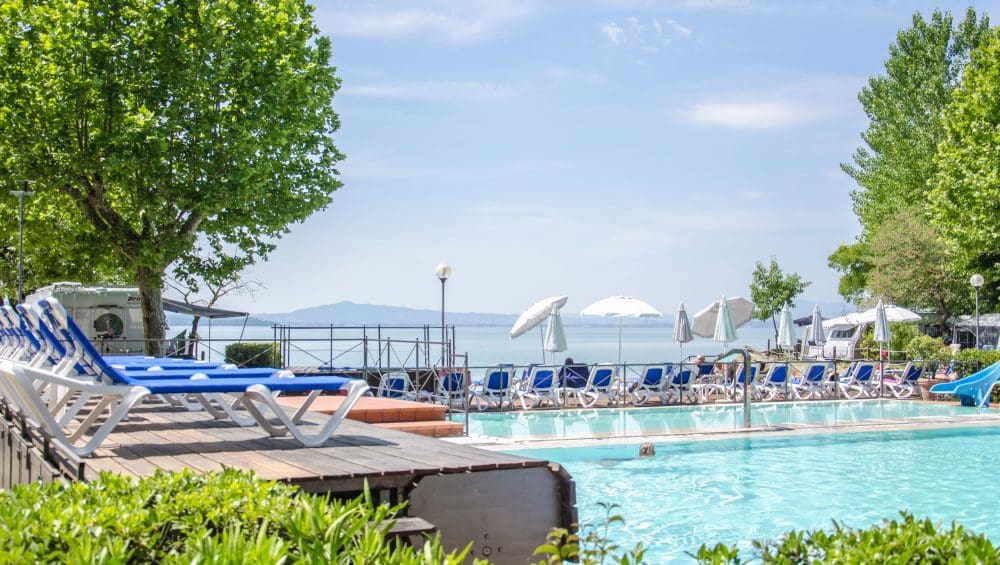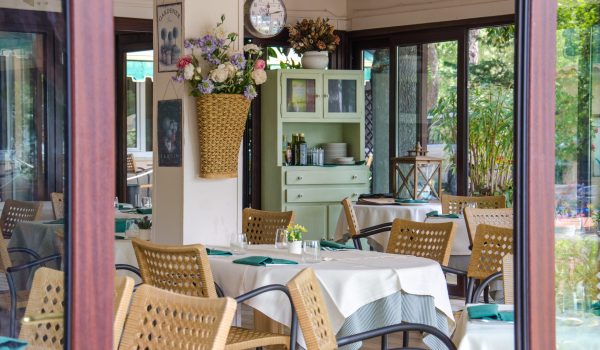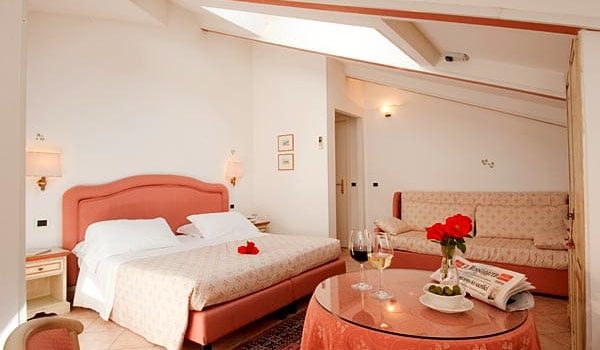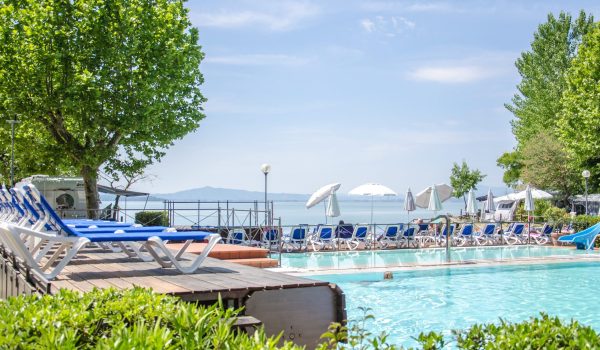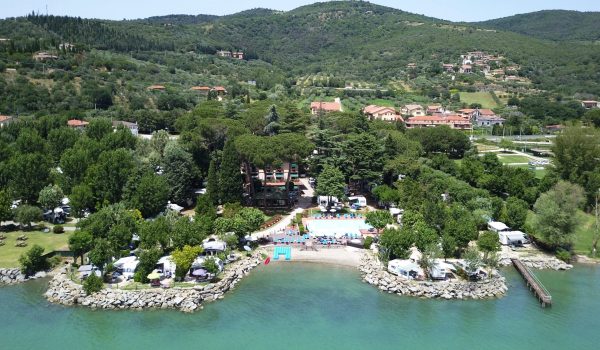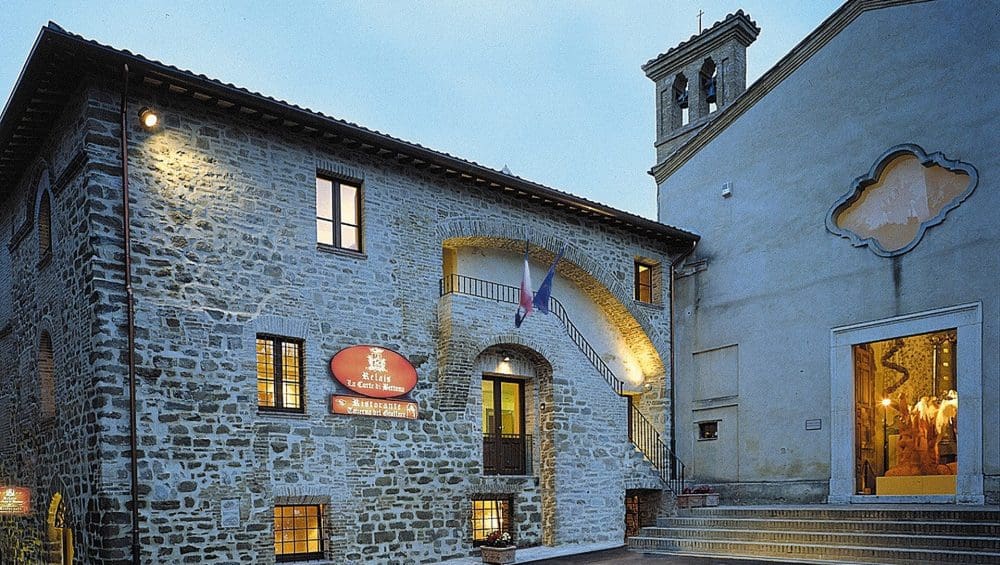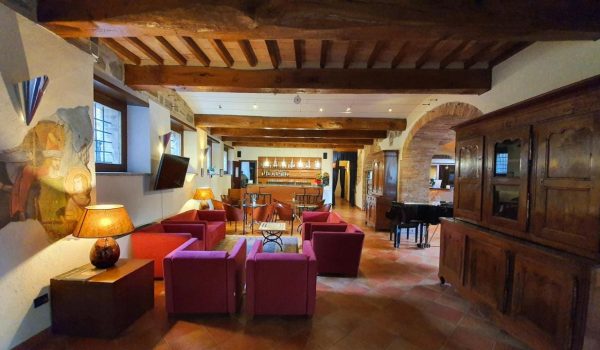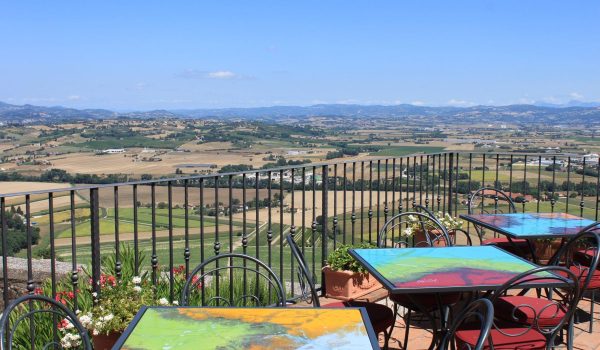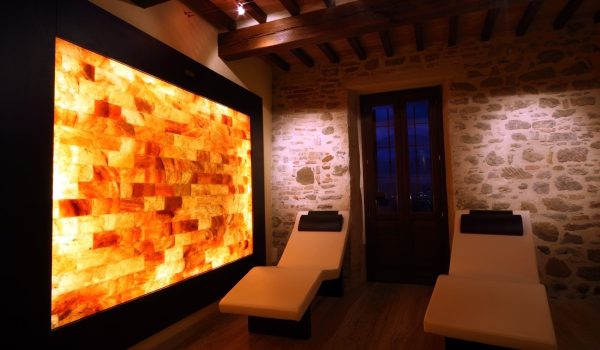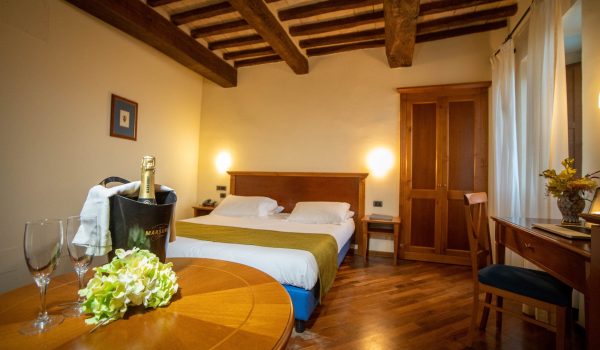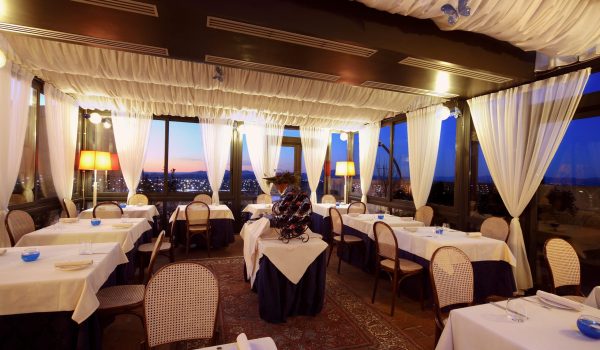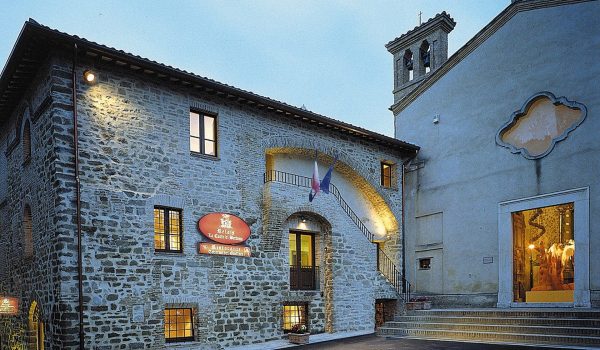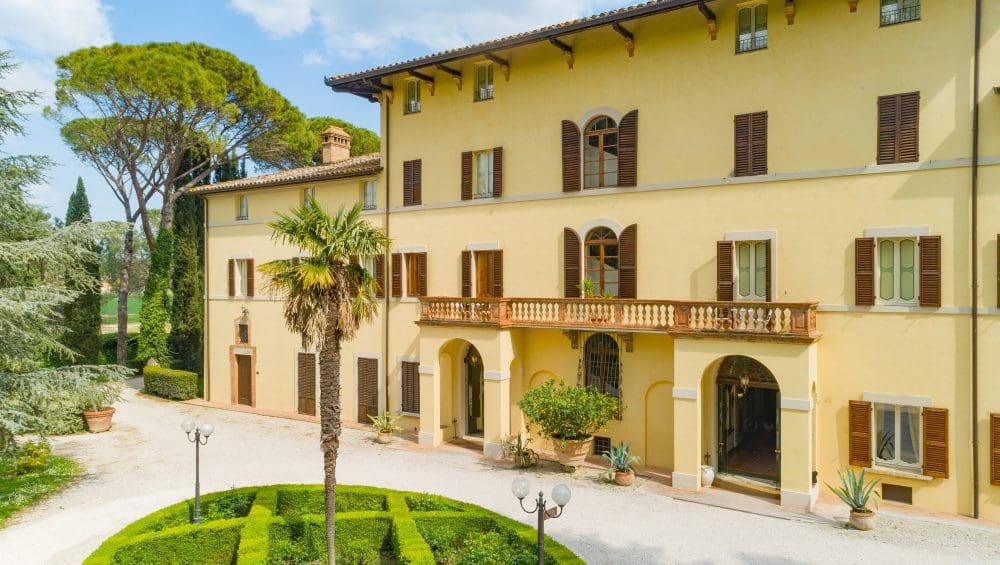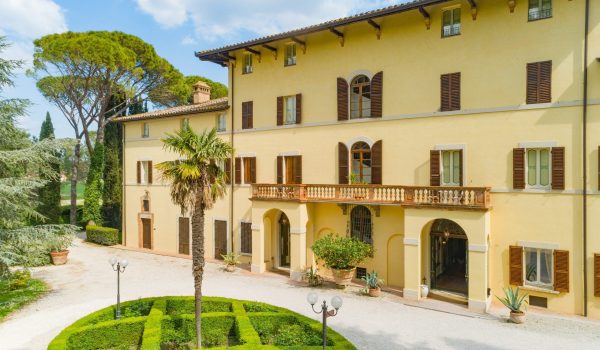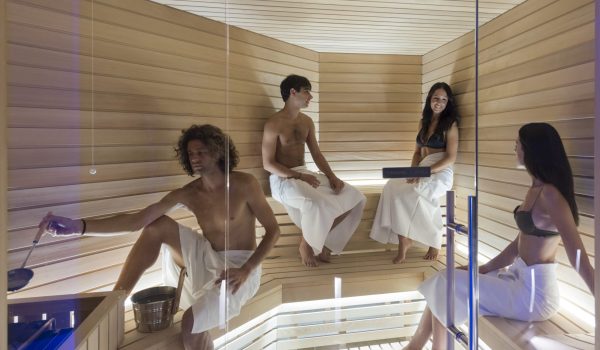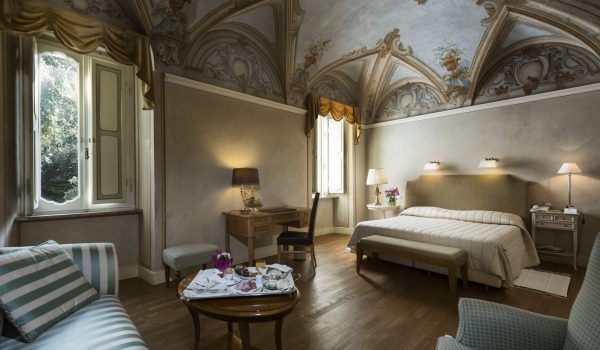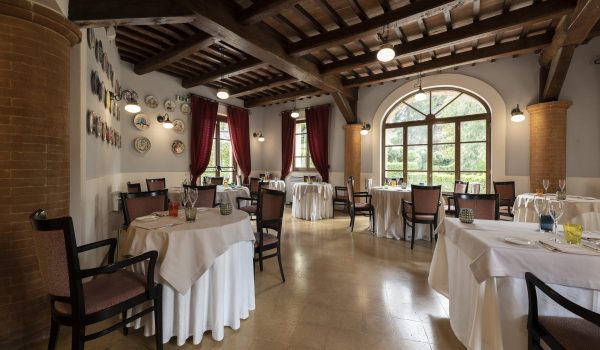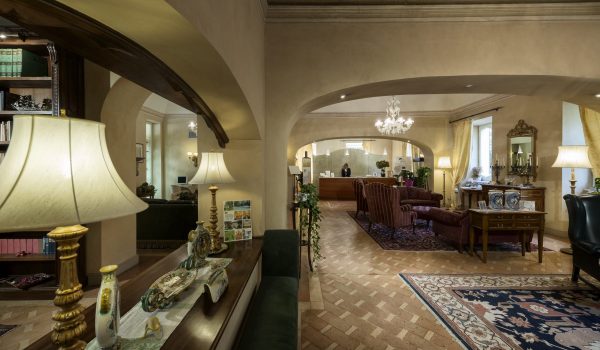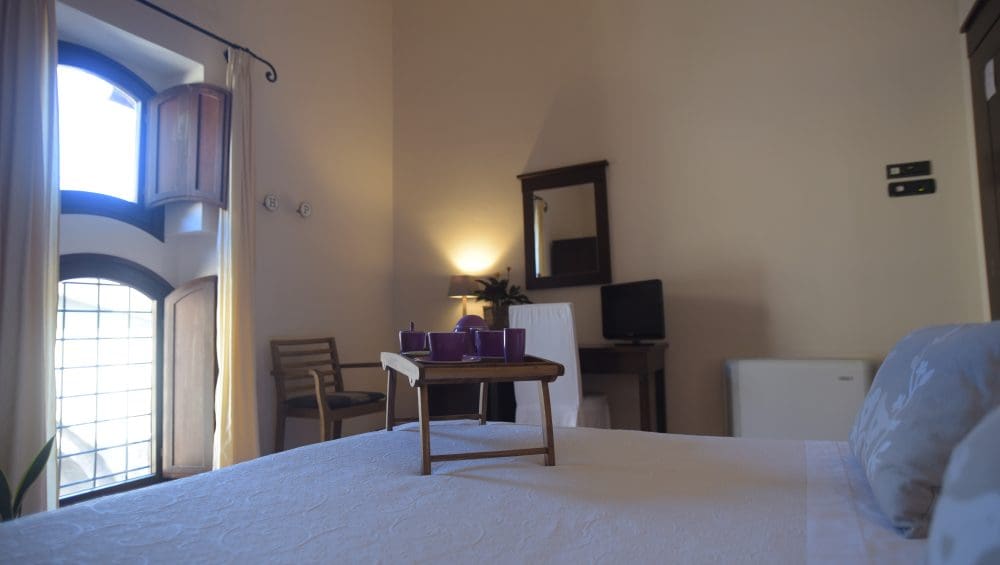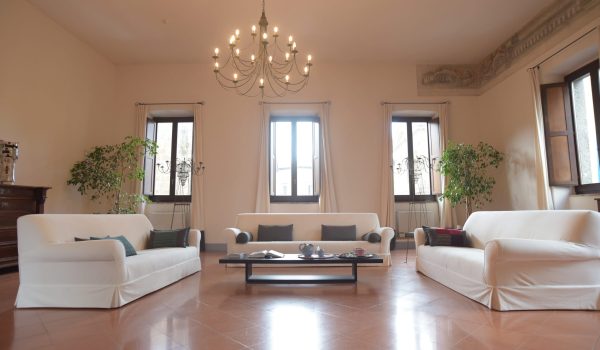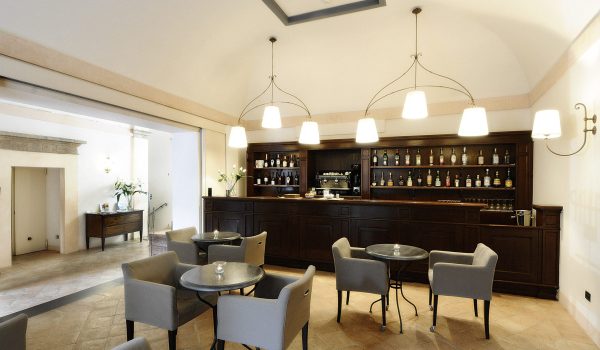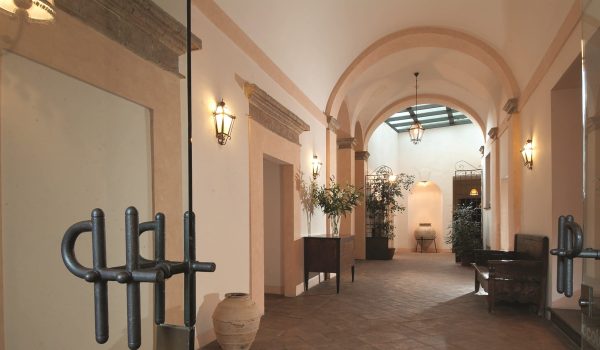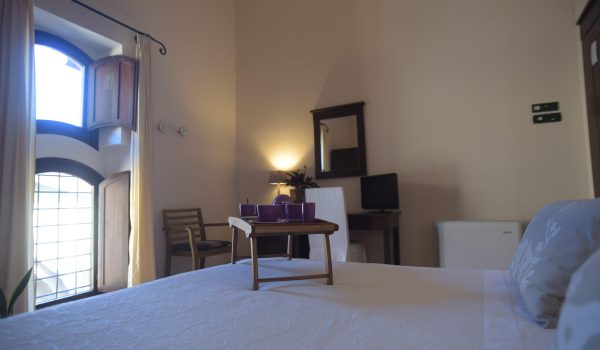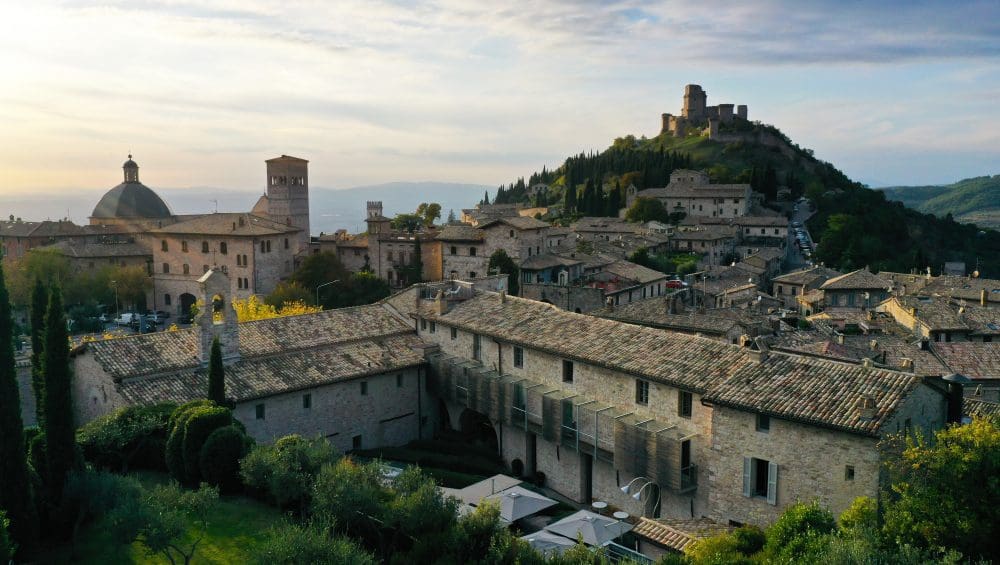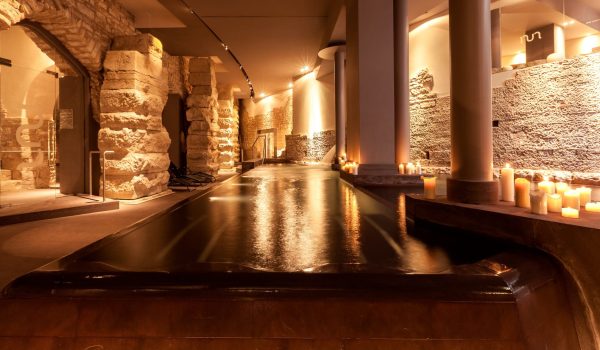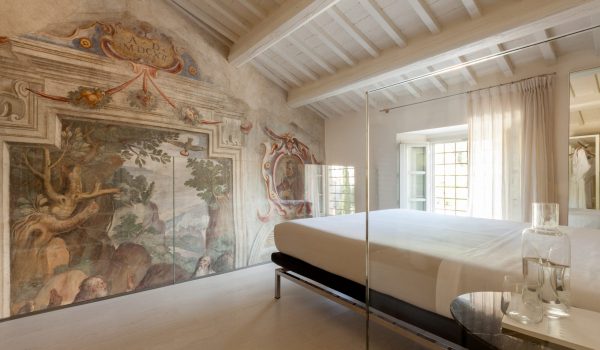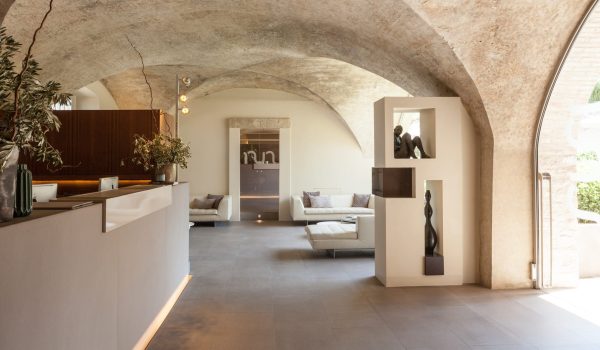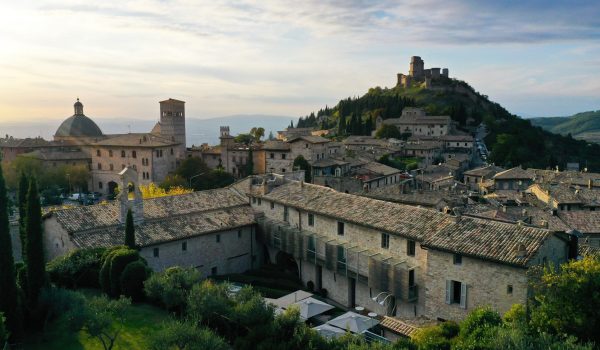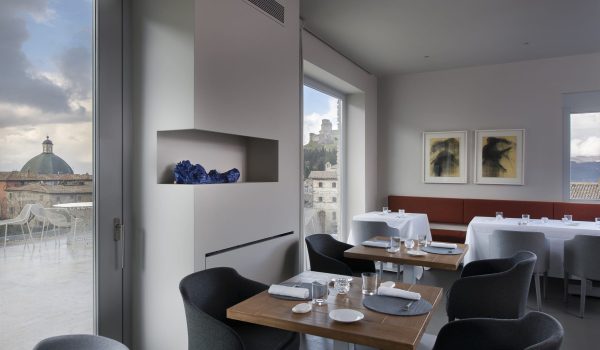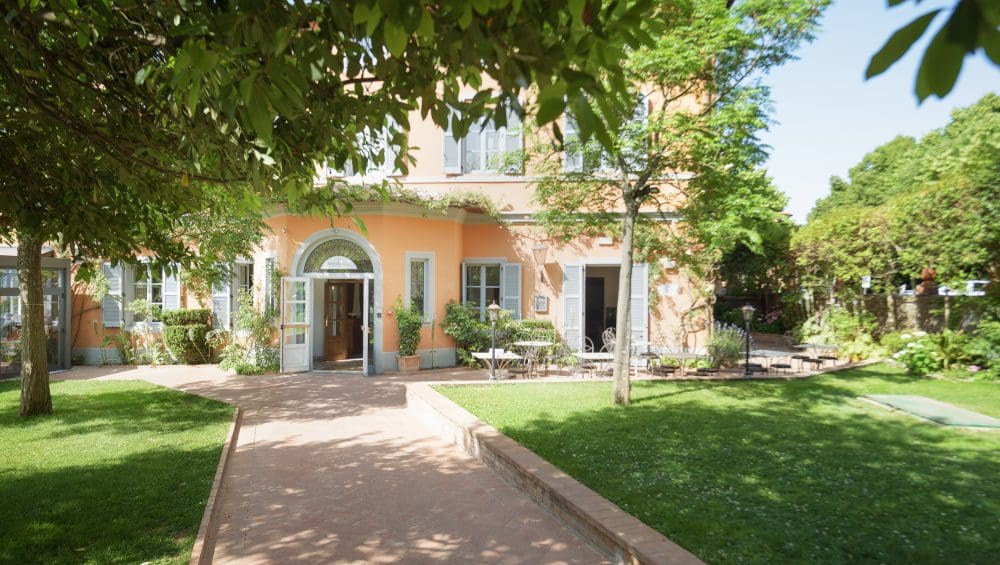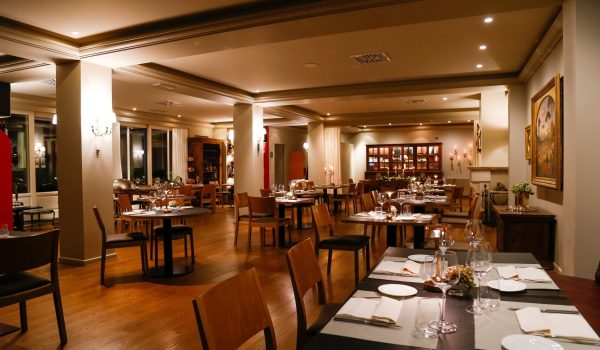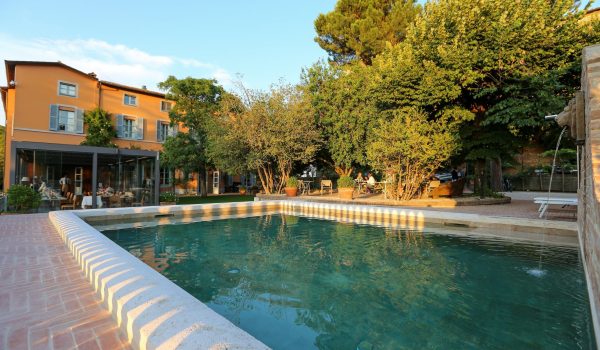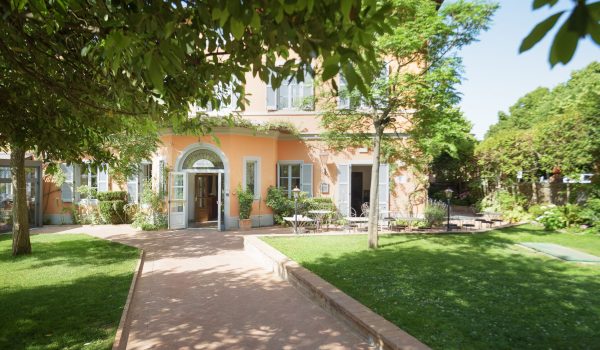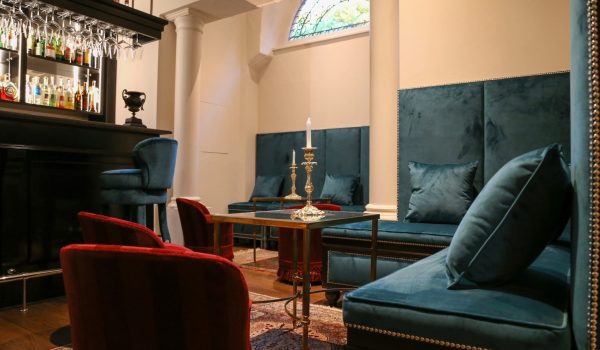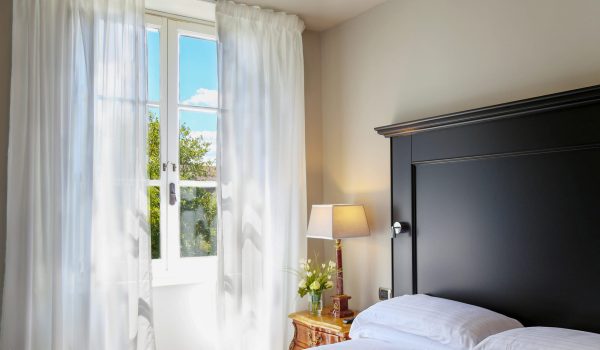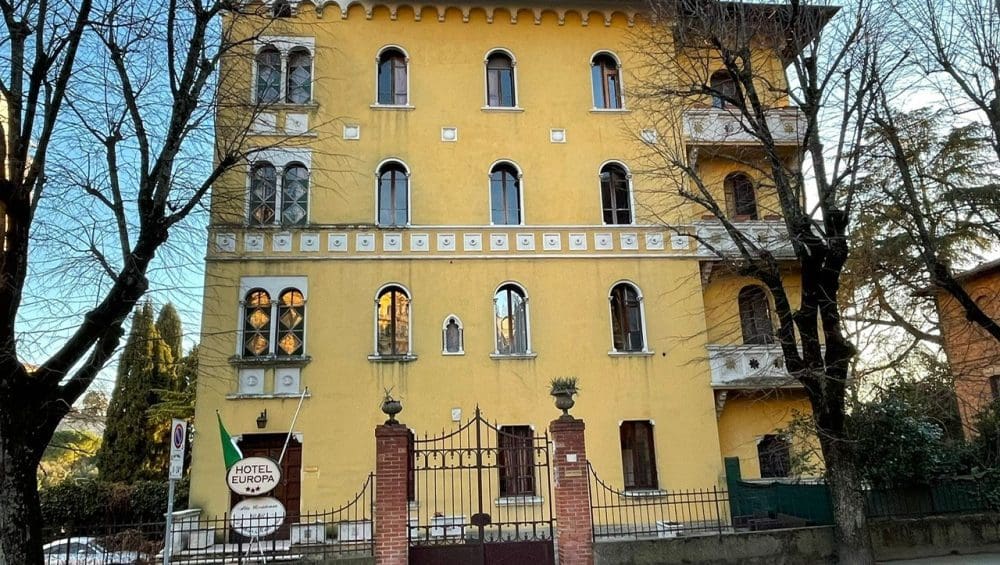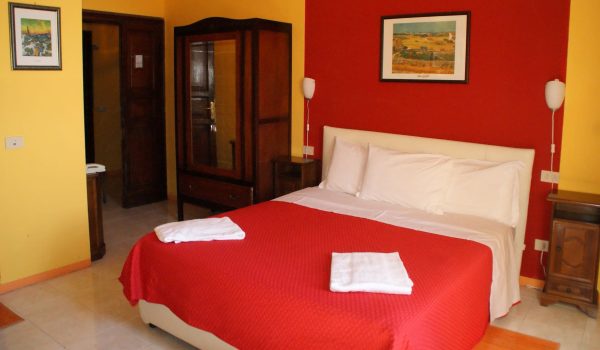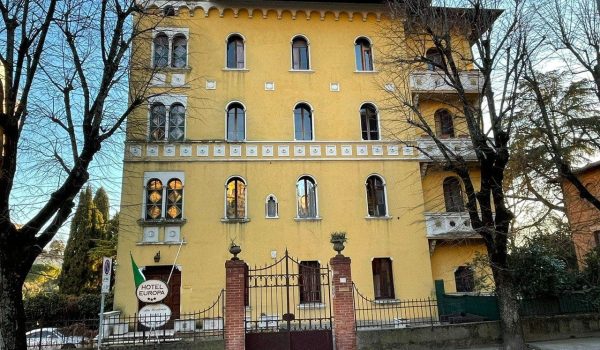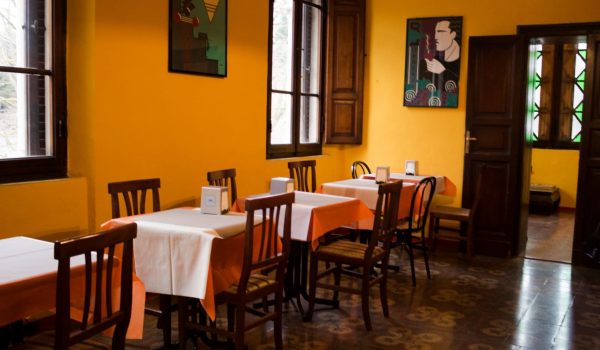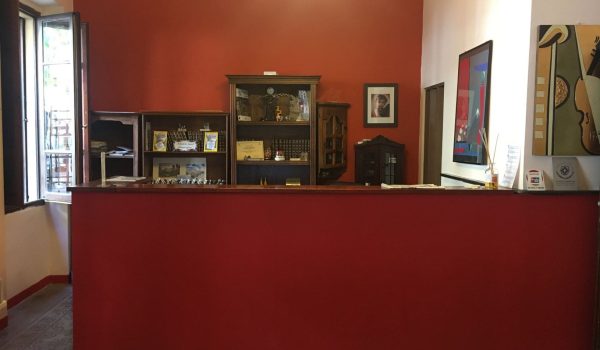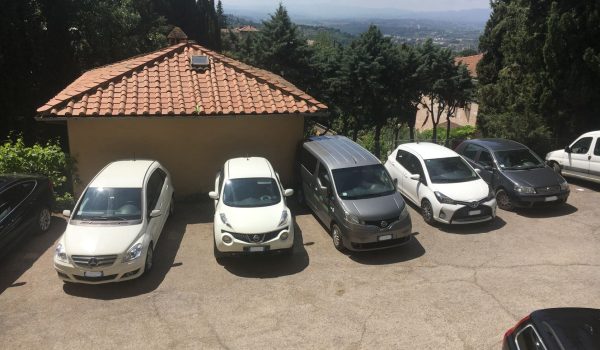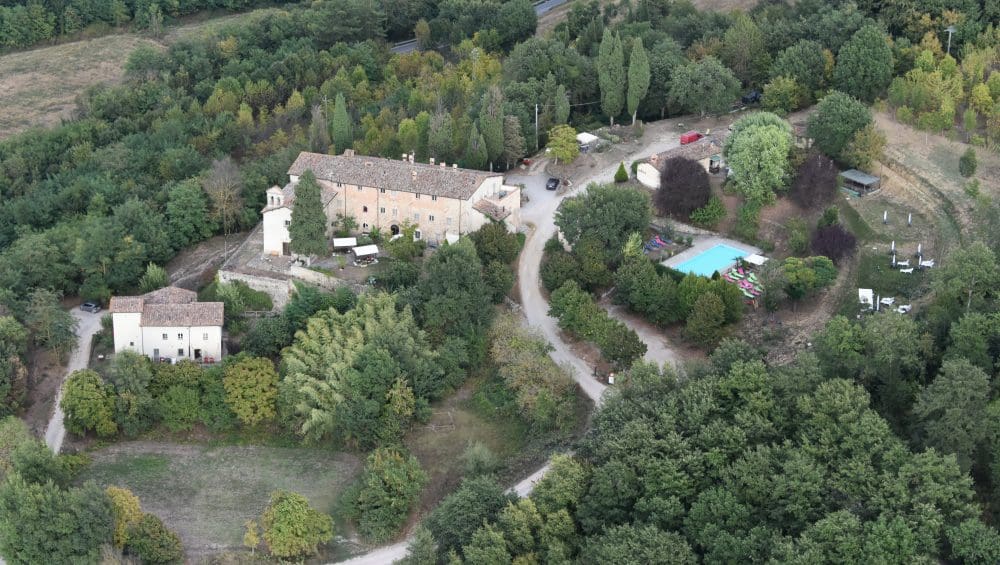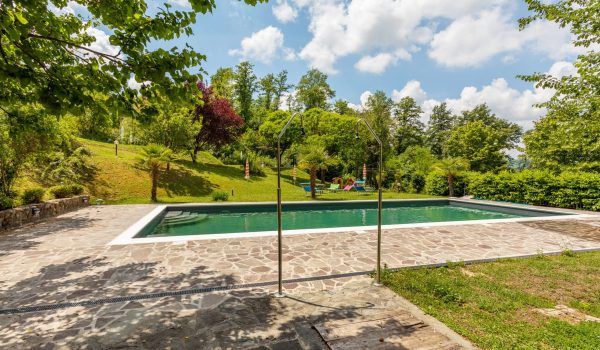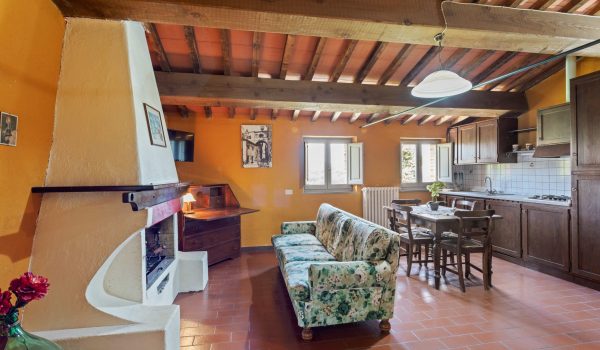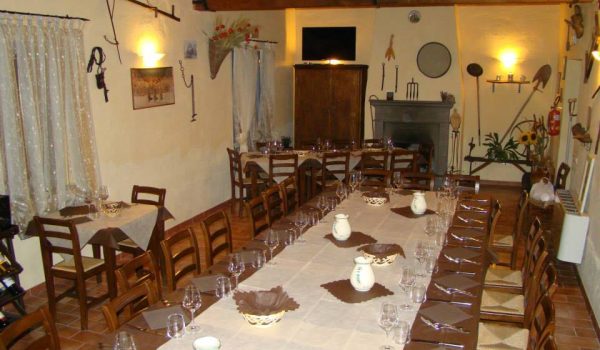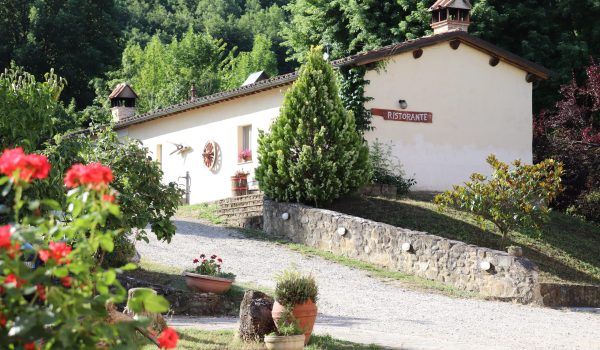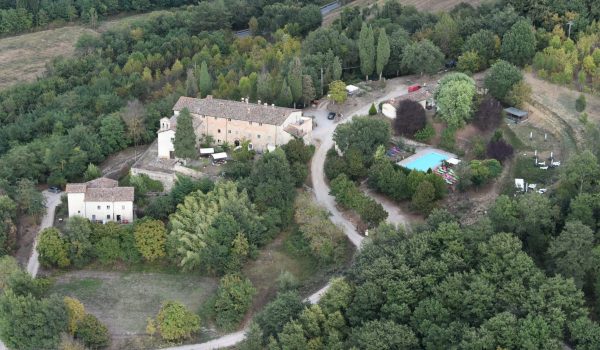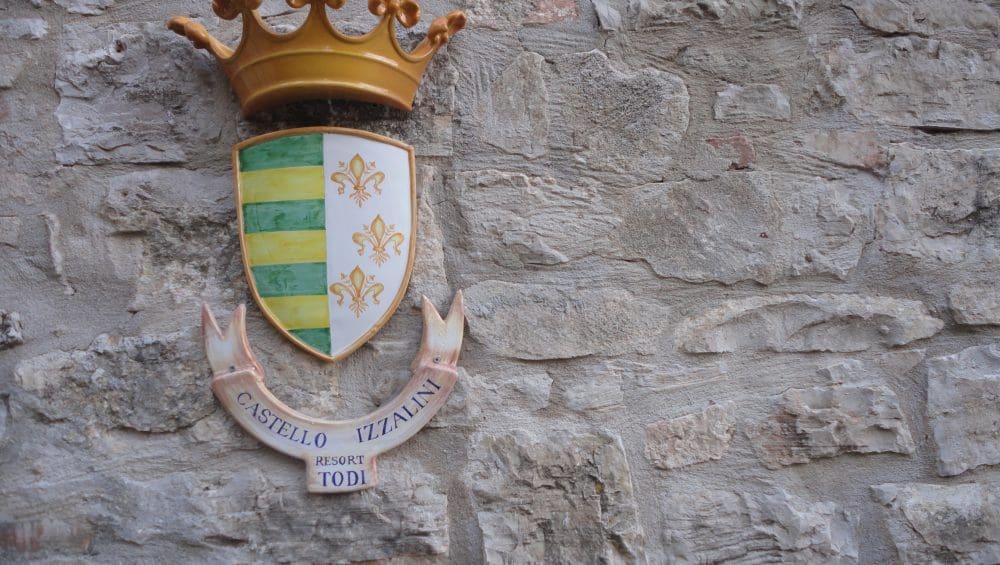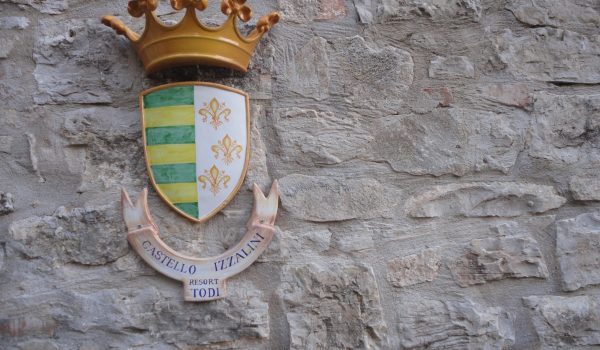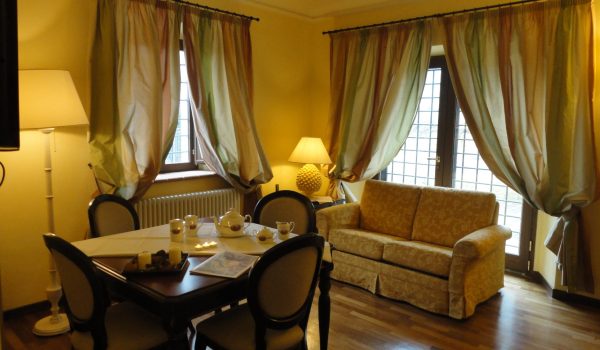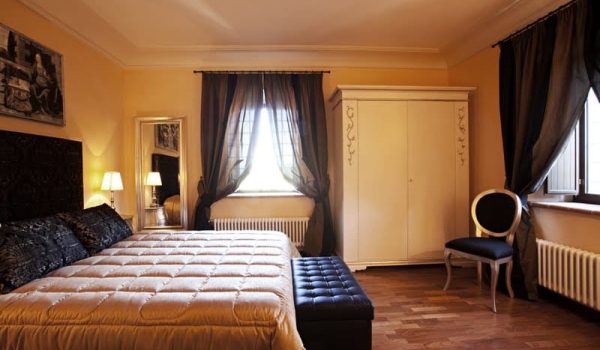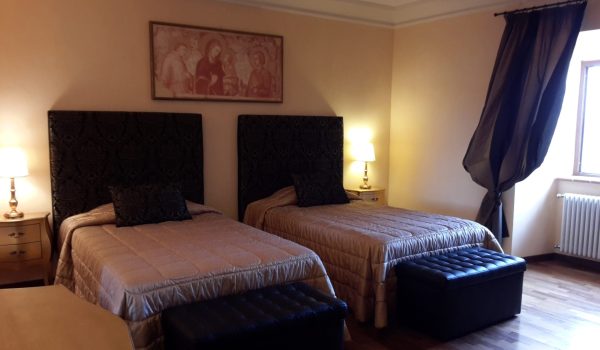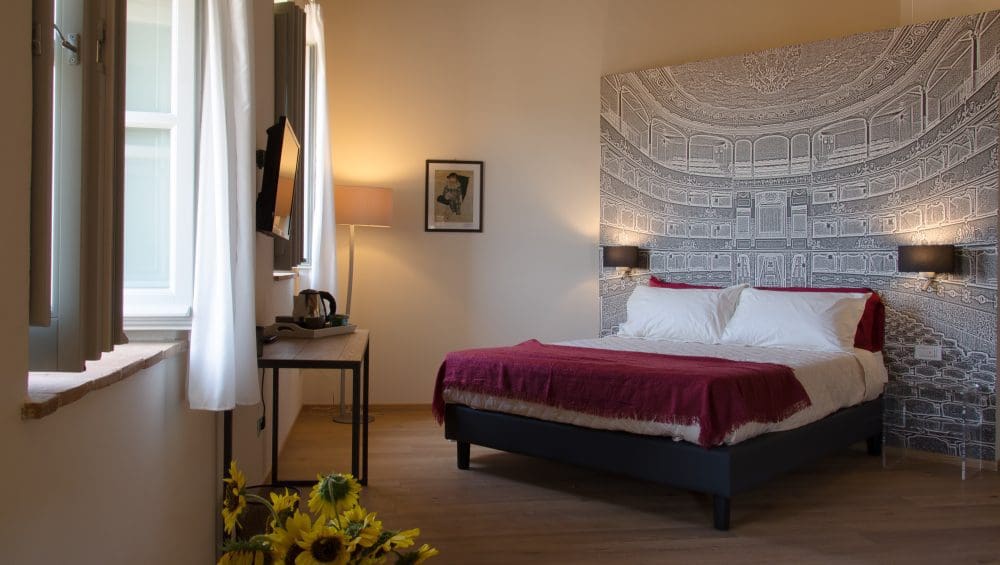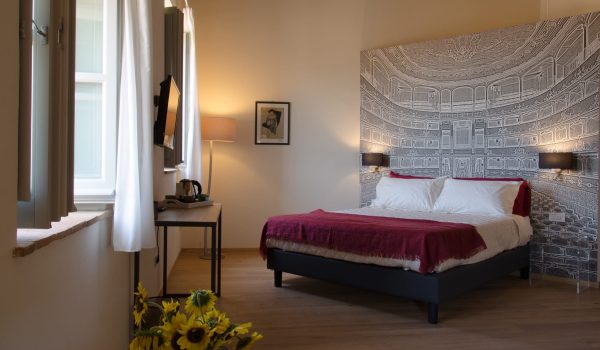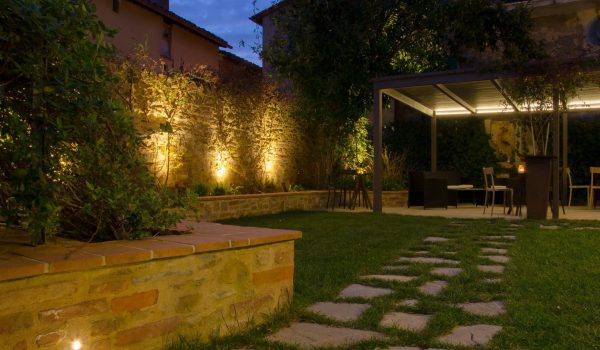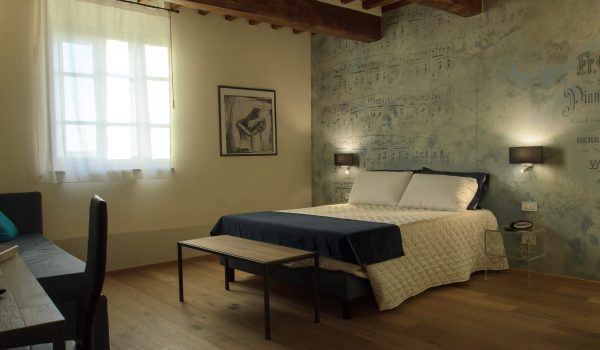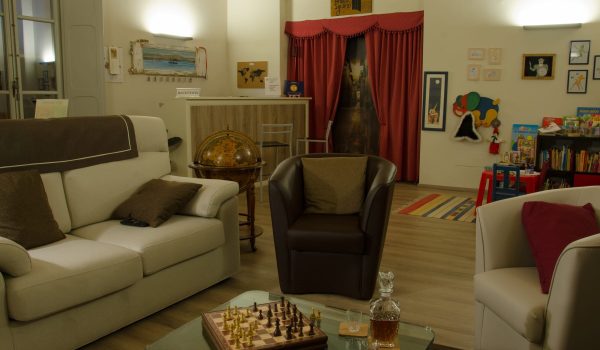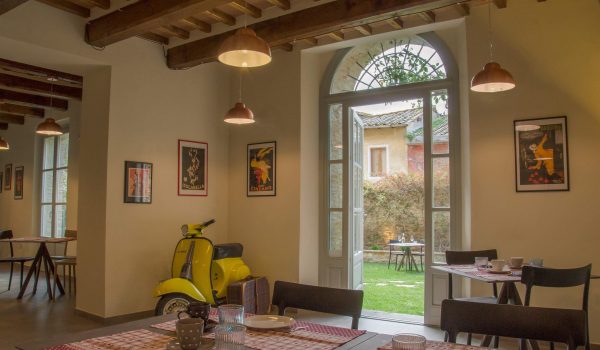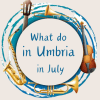Kursaal
Kursaal
It has 17 comfortable rooms, tastefully furnished, all with private bathrooms and air conditioning, a terrace, café and restaurant with stunning views of Lake Trasimeno and its islands, a swimming pool, a heated whirlpool and a solarium with sun loungers.
Guests can enjoy their breakfast in a veranda overlooking the lake, with a rich and varied buffet.
Free Wi-Fi in rooms and communal areas.
The hotel also has a lift, private parking and a convenient secure and free covered storage area for bicycles and mountain bikes.
Spa for 2 people with Finnish sauna, Jacuzzi, shower and relaxation corner with herbal tea.
Camping Kursaal is located in Umbria in Passignano sul Trasimeno (in the province of Perugia). It is located directly on the lake and immersed in nature. It is a suitable destination both for a relaxing holiday by the lake and for practicing sports activities or exploring the riches of the region.
For your stay, you can choose from 62 shady and spacious pitches, suitable for tents, campers and caravans, all with electricity connection. Motorhomes can also make use of the camper service. Your animal friends are welcome and can use the dog beach.
On the campsite you will find a laundry and ironing room and free Wi-Fi. You can have fun in the swimming pool park with pools for adults and children, where there is a pool with a slide, a Jacuzzi and a solarium with sun loungers, or you can use the private beach and a sports field. The little ones can have fun with games dedicated to them; those travelling with small children will also find a nursery area in the toilets.
For your meals and snacks, you can take advantage of the bar and the restaurant, which offers menus based on seasonal products. The campsite’s location allows you to discover the surrounding area full of characteristic destinations, from the numerous villages on the shores of the lake or towns, as well as being a good starting point for excursions on foot or by mountain bike, thanks to the numerous routes available.

